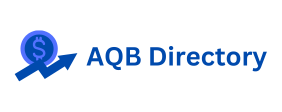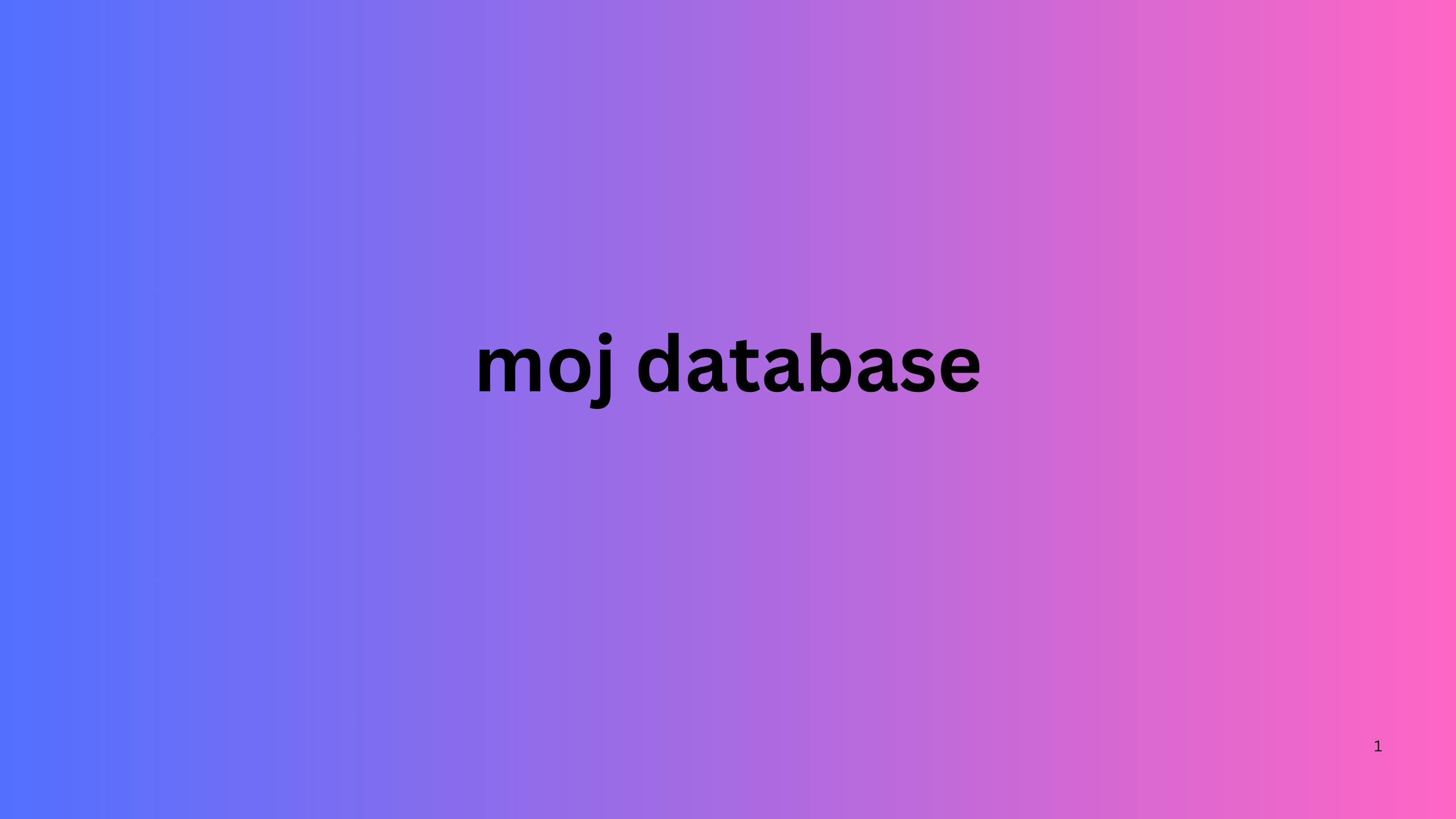In the dynamic world of marketing, predicting outcomes is vital for allocating resources and ensuring campaign success. However, accurate forecasting requires access to reliable and actionable data. This is where special databases play a transformative role. These databases store valuable information on customer behavior marketing results, market trends, and campaign performance, enabling marketers to make data-driven predictions about future results.
This article explores how special databases enhance marketing forecasting and the benefits they bring to strategic decision-making.
What Are Special Databases?
1. Understanding Special Databases
Special databases are organized repositories of data focused on specific areas moj database, such as:
- Customer demographics (age, gender, income).
- Purchase behavior (frequency, preferences).
- Engagement metrics (click-through rates, open rates).
- Historical campaign performance.
These databases centralize data, making it easier to analyze trends and draw meaningful insights.
2. Why Are They Crucial for Marketing Forecasting?
Forecasting requires identifying patterns and correlations in past data to predict future outcomes. Special databases provide a structured and comprehensive view of your marketing landscape marketing results, enabling precise and accurate forecasts.
How Special Databases Improve Marketing Forecasting
1. Analyzing Historical Data
Historical data is the foundation of accurate forecasting marketing results. Special databases store campaign metrics, including:
- Conversion rates.
- Customer acquisition costs (CAC).
- Return on investment.
Example: An e-commerce business can analyze sales data from previous holiday seasons to predict demand for specific products during the upcoming season.
By examining past trends, businesses can make informed predictions about future performance.
2. Identifying Customer Behavior Trends
Special databases capture customer behavior over time marketing results, allowing marketers to identify patterns, such as:
- Purchasing frequency.
- Seasonal preferences.
- Product lifecycle trends.
Example: A subscription service might notice that customers tend to upgrade their plans after six months. Forecasting based on this trend allows the company to plan targeted upgrade campaigns.
Understanding customer behavior helps forecast demand and tailor campaigns to maximize impact.
3. Enabling Data-Driven Scenario Planning
Special databases allow marketers to simulate different scenarios based on varying inputs marketing results, such as:
- Budget increases or decreases.
- Changes in ad placement or targeting.
- New product launches.
Example: A software company can use data to estimate how doubling its social media ad spend might influence lead generation marketing results enjoy full control over your cloud pbx and avoid nuisance calls, helping decide whether the investment is worthwhile.
Scenario planning ensures that marketing strategies are backed by predictive insights marketing results, minimizing risks.
4. Enhancing Predictive Analytics with AI
Many special databases integrate with advanced analytics tools, including AI-driven predictive models. These tools:
- Process large datasets quickly.
- Detect patterns invisible to human analysis.
- Generate accurate forecasts for campaign performance.
Example: A retailer using predictive analytics might forecast a 20% increase in online sales during a specific promotion, helping allocate resources effectively.
AI-powered insights amplify the forecasting potential of special databases marketing results, providing a competitive edge.
Benefits of Using Special Databases for Forecasting
1. Increased Accuracy
Data-driven forecasting eliminates guesswork, improving the accuracy of predictions and outcomes.
2. Better Resource Allocation
Forecasting helps businesses allocate budgets marketing results, time, and resources to strategies with the highest potential for success.
3. Improved Campaign Performance
By anticipating trends, marketers can optimize campaigns before launch, increasing their chances of success.
4. Proactive Decision-Making
Forecasting enables businesses to anticipate challenges and adapt their strategies to changing market conditions.
Best Practices for Using Special Databases in Forecasting
1. Keep Data Updated
Regularly update your database to ensure that forecasts are based on the most current and accurate information marketing results.
2. Focus on Relevant Metrics
Prioritize metrics that align with your business goals marketing results, such as customer lifetime value (CLV) or .
3. Use Advanced Analytics Tools
Leverage tools that integrate with your database to unlock deeper insights and more accurate predictions.
4. Test and Refine Forecasts
Compare predictions with actual results to refine your forecasting models and improve future accuracy.
Real-World Applications of Forecasting with Special Databases
1. Retail Sales Planning
A clothing retailer used its database to predict demand for winter apparel marketing results agb directory, ensuring sufficient inventory and minimizing overstock.
2. Marketing Budget Optimization
An online education platform analyzed past campaign performance to forecast for various channels marketing results, reallocating resources to the most profitable ones.
3. New Product Launch Success
A technology company used customer behavior data to anticipate demand for a new product marketing results, tailoring its marketing strategy for maximum reach.


